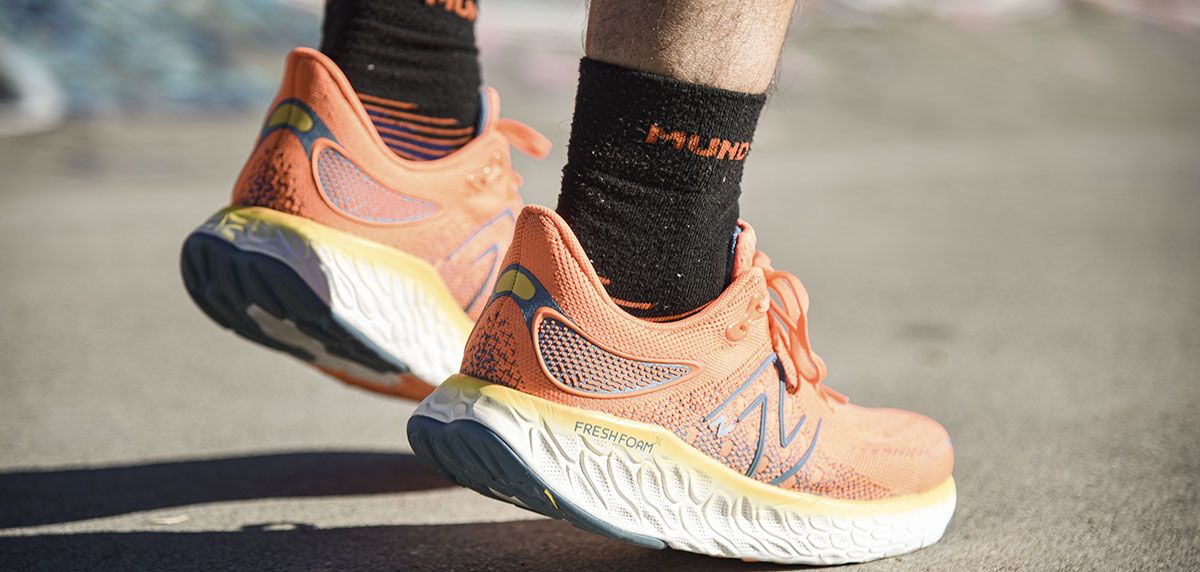In relation to the drop we try to establish a direct relationship, through this question: DoeshighDrop in the running shoe means a higher degree of protection? Especially if our priority is to try to reduce the risk of injury and protect the strategic point of the Achilles tendon. We turned to the voice of experience, and our head podiatrist, Toni Fernández Sierra, from the PODUM clinic in Córdoba, shed light on the matter to find out whether the drop has that much influence or not, and how it affects runners who are more heel strikers.
Thus, the key points of this masterclass by our leading sports podiatrist include the definition of the drop, who should use Running shoes with a high drop and when, and what geometry heights are recommended, among other aspects to be taken into account.
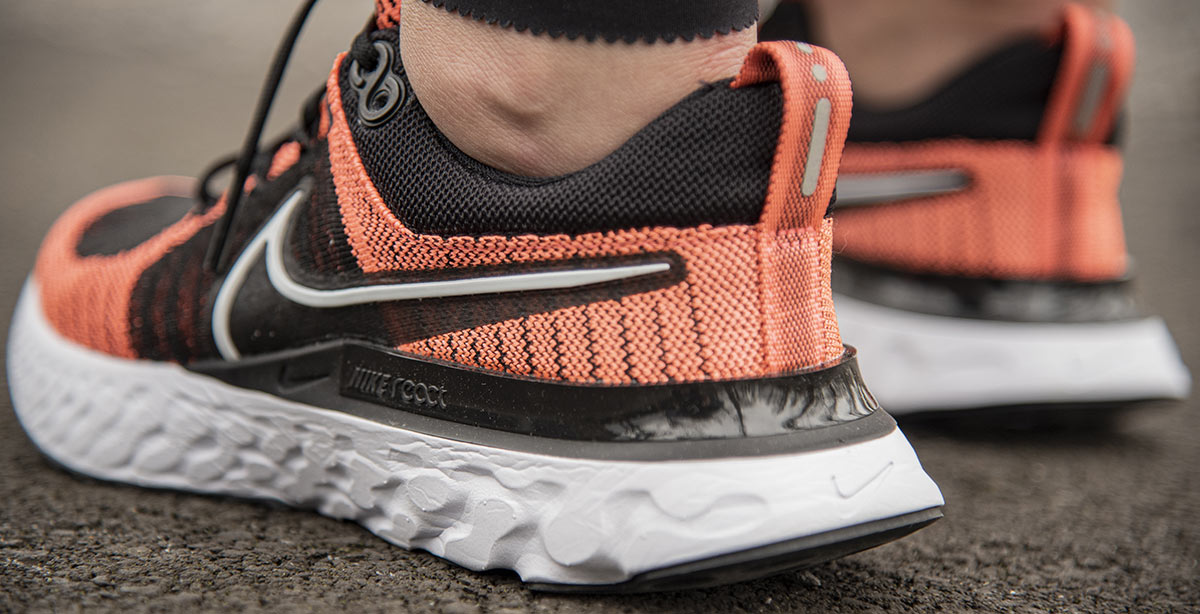
What is the drop of the shoe?
First of all, let us tell you what the drop of the shoe is: It is the difference in height in the midsole between the heel area and the toe area. Thus we will find higher drops of 10 to 13 mm and lower drops even drops 0mm, ie the difference in height between the heel and the front area is 0 mm.
One of the most frequent injuries or discomfort that is blamed on the low drop of a shoe is pain in the Achilles tendon. Vaya without saying that if we start having discomfort in the Achilles tendon while running, the first thing we should do is to stop and analyze. A simple thing to say, but sometimes difficult to do, isn't it?
A piece of advice: If as a general rule it is important to stop for any injury, it is much more important to stop for an Achilles tendon overload, as it can take us off the asphalt or the road and leave us without running again.
As a practical guide, I recommend you answer these questions:
- What kind of injuries have I had.
- What is the surface on which I run on a regular basis?
- What type of running shoe do I usually wear?
- What type of footprint do I have?
Surely many of you are able to self-observe and answer without any problem. Great, you already have 50% of the information tosolve your Achilles Tendon problems.
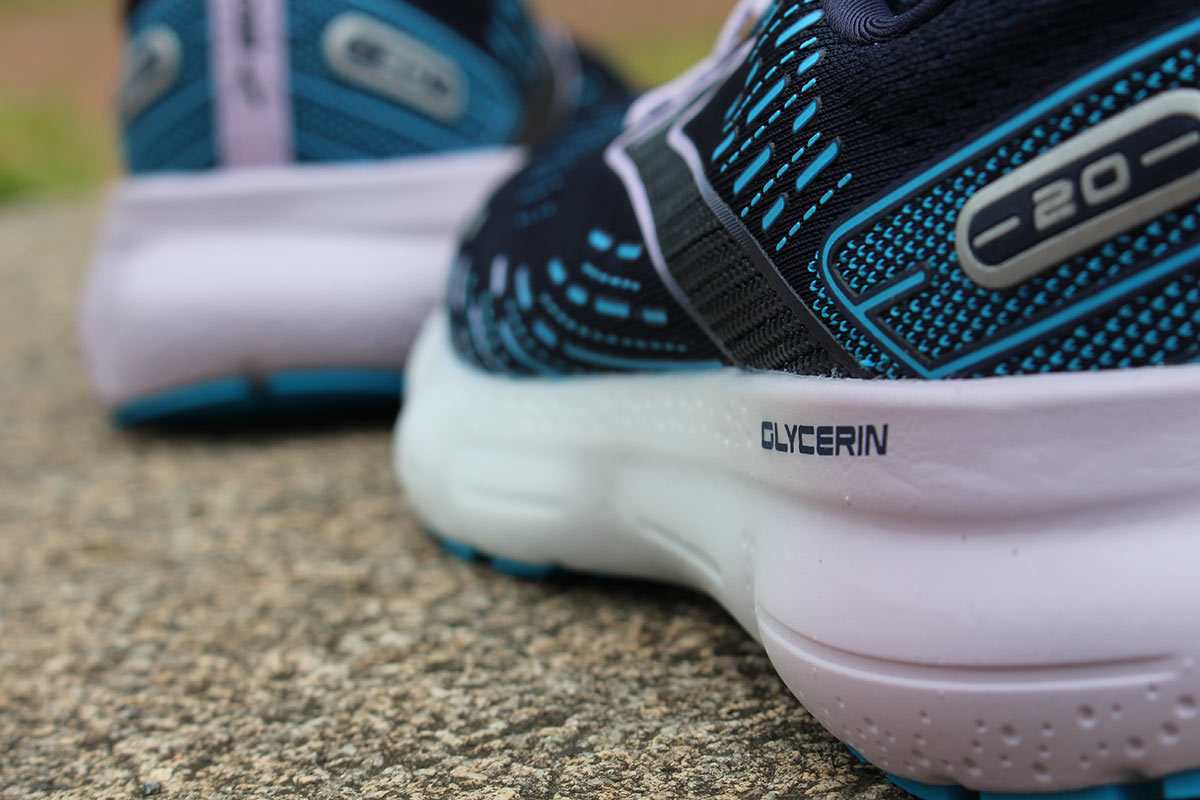
Achilles tendon, the runner's sore spot
In Greek mythology, Achilles, the great hero of the Trojan War met his death with a poisoned arrow in his heel. Hence the reference to using the Achilles tendon as a person's weak point. And more so in the specific case of the runner. But at this point it is necessary to explain four characteristics of the Achilles tendon:
It is a structure to which, unfortunately, little blood reaches, and it is there, in the blood, where the substances that should help us regenerate the tendon go. This is one of the reasons why it is so difficult to recover from the injury.
The controlled movement of the tendon, favors the arrival of blood and its recovery.
An excess of movement of the tendon, will force it to work more, reason why the risk of injury will increase.
If we immobilize the area and prevent the movement of the tendon, at first it can relieve us, but in the medium or short term, this immobilization will "dry out" the tendon and aggravate the injury.
Here lies the key: we must analyze the particular case of each one of us, to decide which running shoe we are interested in.
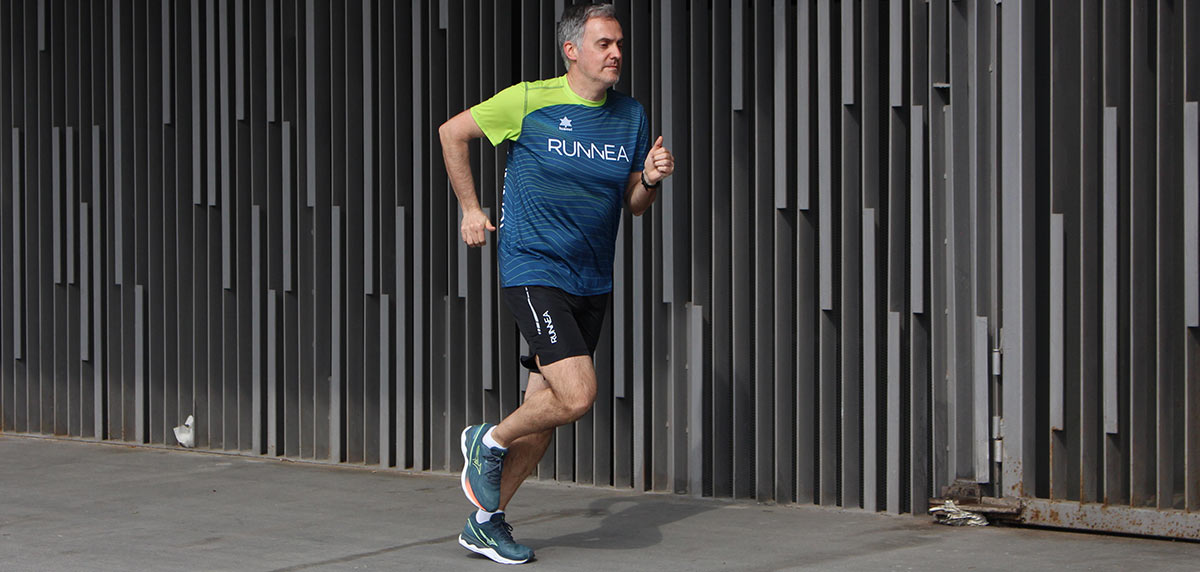
When and why use high drop Running shoes?
I would highlight two situations in which I would recommend high drop running shoes:
Cases of chronic pain with tendon calcification: we will lose elasticity and the pain is usually constant.
Acute cases: where the pain is recent and usually accompanied with inflammation.
In both cases we will limit the work of the tendon, so the pain will decrease.
Two observations:
- Watch and flee from models with a large padded collar, as they tend to increase friction in the area, especially when running.
- Upper designs in the heel, as for example Adidas does in its Solar Boost line and similar, protect the tendon and its insertion area.
Does high heelDrop mean a higher degree of protection?
The general answer is Yes. Now come the nuances. Nowadays shoes come with very high profiles (even more than 3 cm in the heel) and with midsole materials that are sometimes very "soft" or with heel designs that are not very stable, so if we are heelers, and our ankle stabilizing muscles are not able to support us, we will suffer greater instability during the race and our Achilles tendon will be at risk.
A word of advice: if you have a tendency to injure your Achilles tendon, look for shoes with high and stable drops, especially if you have a tendency to heel strike during running.
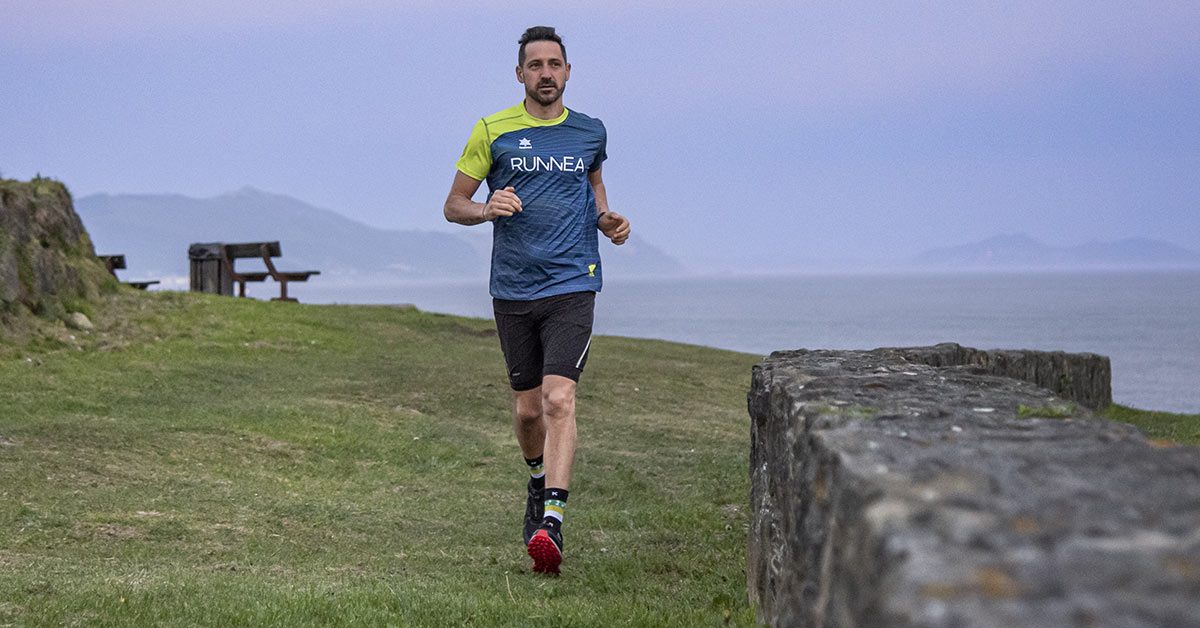
Problems resulting from overuse of high-drop shoes
A high drop used in the acute phase of Achilles tendon pain will not help to improve the symptoms, but if we prolong this tendon accommodation for a long time, it will enter a phase of retraction and shortening, with loss of elasticity, and we will notice that if we go back to using shoes with medium or low drops, our tendon will suffer more.
Over time we will be able to observe calcifications, inflammations, effusions and other multiple lesions in the tendon insertion zone, as a result of overloads due to overuse, secondary to this retraction. These are people who even comment that they cannot walk barefoot or wear very flat shoes, such as flip-flops.
In addition, a high drop causes an increase in knee flexion, so we can notice knee overloads. In the end, there will always be someone who will have to work a little more...
A piece of advice: in these cases I would recommend doing intense work on the calf and soleus muscles to increase their elasticity, as well as proprioceptivity during walking or running.
What is the recommended drop height for heel runners?
I have always recommended a drop between 8 and 10 for asphalt shoes, and between 4 and 6 for mountain shoes. But these are very relative data and even more so now with the profiles we are seeing in running shoes.
If the materials of the midsole and its geometry make the heel-to-toe transition fast (the higher the drop, the greater the slide effect and the faster the transition) we can use those high drops to go faster, well... and if our muscles are trained for it.
A note: heel strike is not a bad thing. There are great runners who enter on their heels.
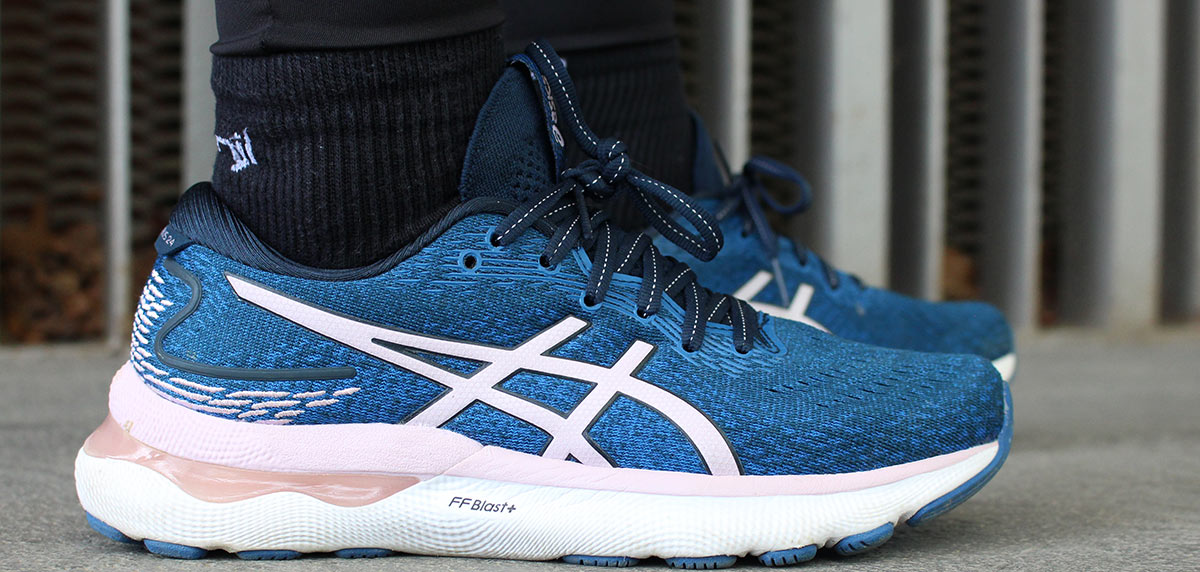
Is the drop such a determining factor in choosing the right running shoe?
Personally, I don't think so. I think it is important to know our body, our most common injuries or to know the weak points of our running technique and use the drop as a tool to compensate. But if we are "balanced", I don't think we should get too overwhelmed.
As I said before, with some exceptions, nowadays the geometry or the materials used to manufacture a shoe have much more influence than the drop.
As an example, and leaving running shoes, a high drop is almost obligatory for paddle shoes. However, and for some reason that I don't quite understand, these shoes are designed with medium or low heights, prioritizing torsional stability and maximum forefoot support rather than drop. But if we look at typical padel injuries, Achilles tendon injuries are one of the most common.
Recommendations for shoes with a higher degree of heel protection
With that clear premise of offering cushioning, stability and protection in the heel area, the Running shoes that can be generally recommended are:
Adidas SolarGlide 5
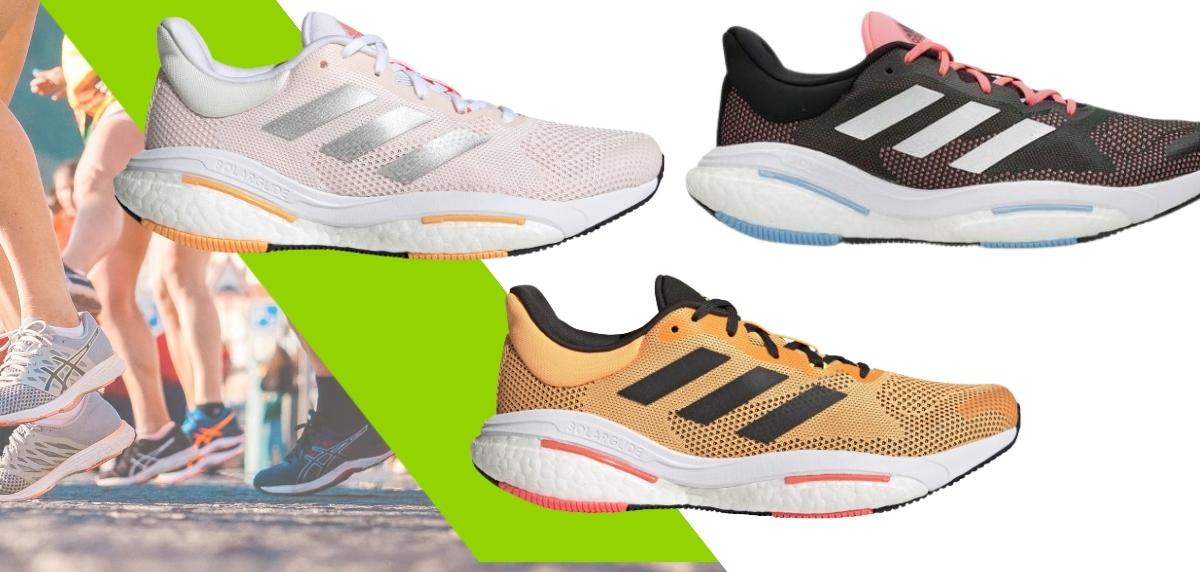
The most striking points of these adidas Solarglide 5 is that they combine a knitted upper, a midsole with BOOST cushioning and the exclusive adidas LEP 2.0 system. The result is nothing less than incredible energy return and superior stability over long distances.
Brooks Adrenaline GTS 22
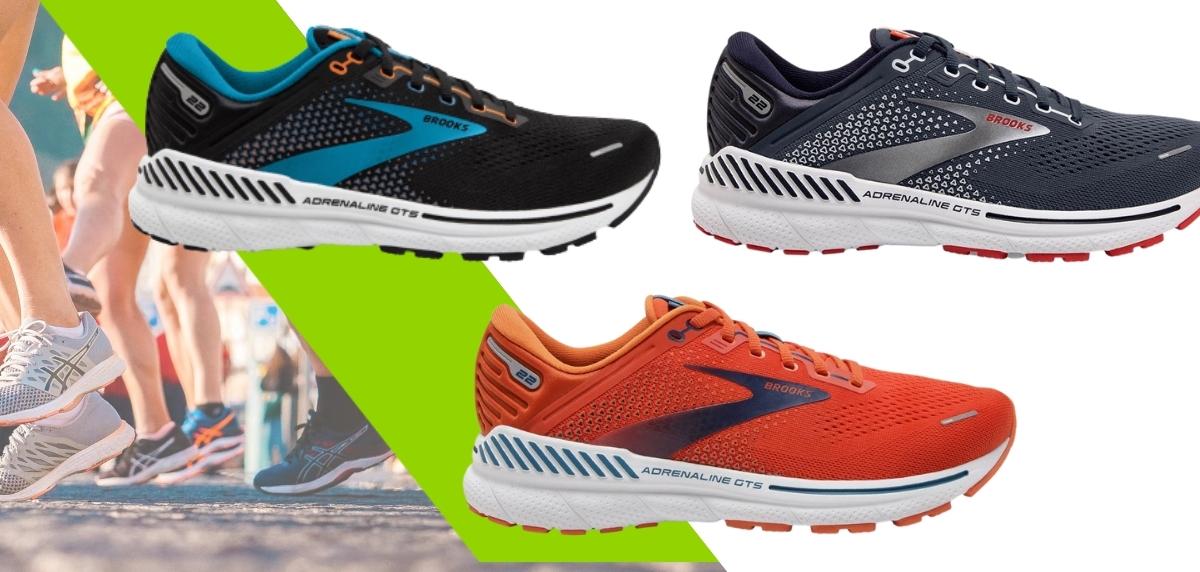
One of the models of maximum stability of Brooks Running, and that stands out for presenting a high drop and a lot of lateral control of the hand of its exclusive GuideRails technology. These Brooks Adrenaline GTS 22 are a clear example of the perfect balance between comfortable cushioning and support and stability that few models can offer in the current market.
Nike React Infinity Run Flyknit 3
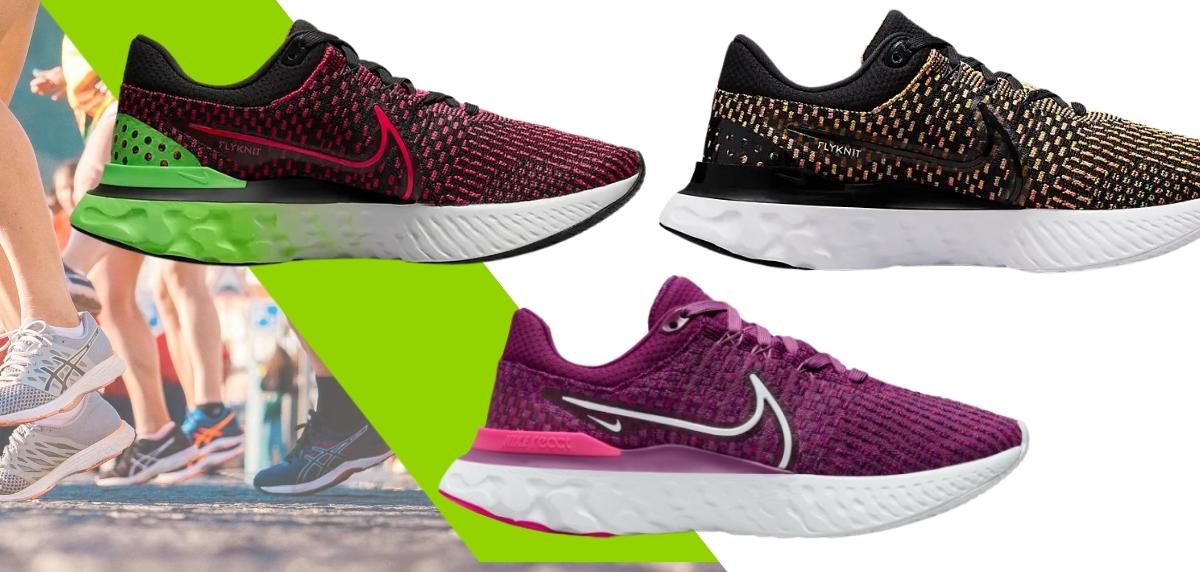
One of the latest releases from Nike Running, and despite the fact that this model does not have an exaggerated drop (approximately 8 mm), the shoe is very reactive on contact against the ground. So if you choose to wear the Nike React Infinity Run Flyknit 3, you will be betting on a silhouette designed to ensure a smooth, comfortable and stable stride for all kinds of distances on asphalt. The React and Flyknit technologies are the winning combination of this top-of-the-line model from the Oregon brand.
New Balance Fresh Foam 1080 v12
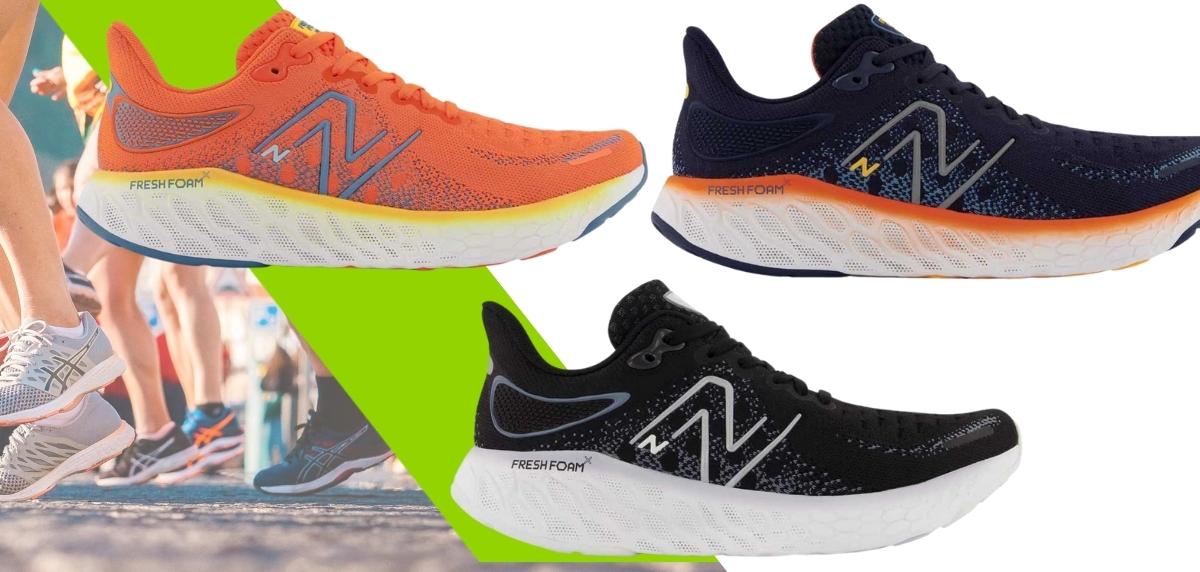
Another of the running shoes that does not have a very high drop(8mm), but its geometry makes that with little running technique you have, the heel support times and the propulsive phase are very low. The New Balance Fresh Foam 1080 v12 is designed for neutral runners with an improved rebound capacity and a more evolved support. Improved aerodynamics for all-distance running.
Mizuno Ultima 13
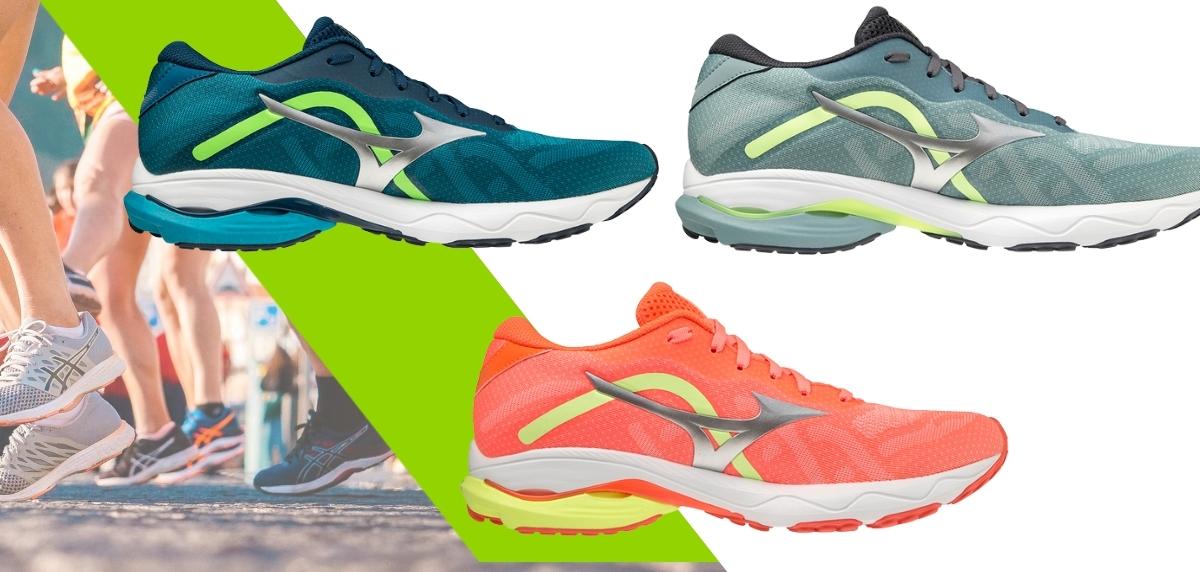
A sure hit with these options from Mizuno, if you are looking for a running shoe with a very stable heel with its wave plate and a drop of 12 millimeters. But it is that the latest version of these Mizuno Wave Ultima 13 are able to offer a perfect combination of cushioning, propulsion and stability in all kinds of distances in daily workouts.
Read more news about: Running News
